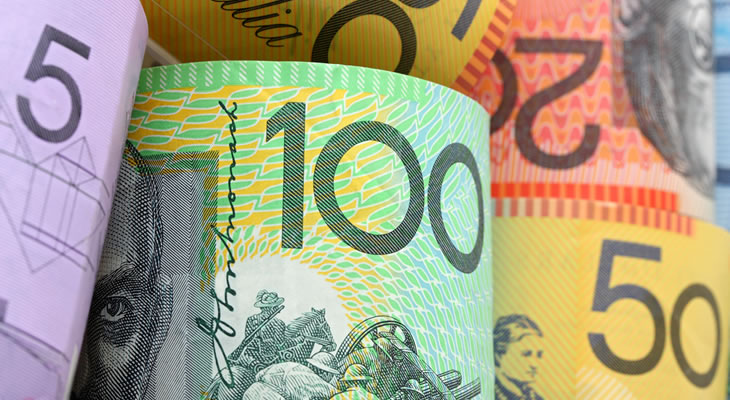Pound Sterling Australian Dollar (GBP/AUD) Exchange Rate Slumps as UK Economy to Shrink by 20% in Q2
UPDATE: The Pound Sterling Australian Dollar (GBP/AUD) exchange rate tumbled -0.6% lower on Tuesday afternoon. This left the pairing trading at around AU$1.7992.
The risk-sensitive ‘Aussie’ benefitted after the slump in risk appetite was reversed. Traders were unfazed by the growing tensions between the US and China, which boosted sentiment.
Added to this, GBP remained under pressure after the NIESR thinktank said the UK economy would contract by up to 25% in Q2 2020.
Senior economist at NISER, Dr Kemar Whyte is ‘doubtful’ that the country will see a V-shaped recovery. He noted:
‘The loosening of Covid-19 restrictions has provided an impetus to kickstart the UK economy. However, the measures unveiled by the Chancellor at the Summer Statement are a poorly timed change of tack and could trigger a sharp rise in unemployment, and possibly lead to permanent long-term damage to the economy.’
Pound Sterling Australian Dollar (GBP/AUD) Exchange Rate Falls despite Renewed US-China Tensions
The Pound Sterling Australian Dollar (GBP/AUD) exchange rate edged -0.4% lower. This left the pairing trading at around AU$1.8019.
The Australian Dollar was able to make gains against the Pound, although these were largely limited by renewed geopolitical tensions.
Growing tensions between the United States and China weighed on risk appetite. The latest threats in the tit-for-tat retaliation between the two is over access to US financial markets, territorial claims in the South China Sea and civil liberties in Hong Kong.
The Trump administration plans to get rid of a 2013 agreement between US and Chinese auditing authorities. This may lead to a broader crackdown on Chinese firms listed on US stock markets.
Added to this, growing coronavirus cases in the United States also weighed on risk appetite.
Junichi Ishikawa, senior foreign exchange strategist at IG Securities noted:
‘The focus has shifted to whether or not the next round of coronavirus lockdowns will be large enough to damage economic growth.
‘The Hong Kong problem could potentially lead to new trade friction. Negative developments on either front could cause stocks to adjust lower, and drive some safe-haven flows to the Dollar and the Yen.’
However, AUD received some support after NAB’s business confidence index rebounded more than expected. Confidence jumped from -20 to 1 in June.
Sterling (GBP) Slides as UK Takes First Step Towards Recovery
The Pound suffered losses against the ‘Aussie’ after data revealed that while the UK took its first step towards recovery, there was less of a rebound than expected.
Britain’s GDP rate edged 1.8% higher in May as the country began to ease lockdown restrictions. This followed a record contraction of -20.3% just a month earlier.
Added to this, data revealed that in the three months to May, the UK’s economy shrank by -19.1%. Compared to a year earlier, the economy is -24% smaller.
Commenting on this, Suren Thiru, head of economics at the British Chambers of Commerce noted:
‘The pick-up in output in May is more likely to reflect the partial release of pent-up demand as restrictions began to loosen, rather than evidence of a genuine recovery.’
While the economy began to pull itself out of the slump, many continued to worry about employment in the country.
The Bank of England (BoE) have warned that a large rise in unemployment is likely as temporary job measures end.
Following today’s GDP data release, British Chancellor Rishi Sunak noted:
‘Today’s figures underline the scale of the challenge we face. I know people are worried about the security of their jobs and incomes.’
Pound Australian Dollar Outlook: Aussie Confidence to Boost AUD
Looking ahead, the Australian Dollar (AUD) could rise higher against the Pound (GBP) following the release of consumer confidence data.
If Westpac reveal consumer confidence has picked up more than expected in July, it will buoy the ‘Aussie’.
Meanwhile, all eyes will be on the latest British inflation data which is expected to pick up slightly in June.
Inflation is likely to rise, but still remain far below the Bank of England’s target. If traders continue to worry about Britain’s recovery it will send the Pound Australian Dollar (GBP/AUD) exchange rate lower.


Comments are closed.